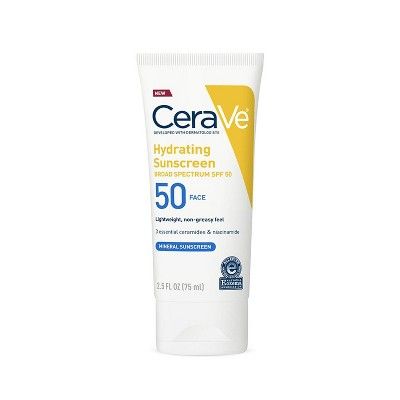
Duplicated articles or sources with no date of publication were excluded from the analysis. Included are the number of recommendations provided and the type of sunscreen recommended ( mineral, chemical, neither, or no specific recommendation besides sunscreen) by both nondermatologists and dermatologists.

However, total proportion of chemical sunscreen recommendations increased from 0% to 10% after May 2019 ( Table 1).

YouTube analysis indicated recommendations for mineral sunscreen alone in 71% of videos after May 2019 in contrast to 57% before May 2019. Moreover, there was a smaller proportion of recommendations for both chemical and mineral sunscreens after May 2019 (11%) in contrast to dates prior to May 2019 (30%) ( Table 1). For Google searches, a higher proportion of recommendations was found for mineral sunscreens after May 2019 (86%) compared with dates prior (60%). Following search and exclusion criteria for “safe sunscreen pregnancy” and “safe sunscreen lactation,” there were 65 YouTube videos evaluated and 45 webpages from Google queries. Search terms for sunscreen use in breastfeeding, lactation, and nursing did not consistently return a measurable search volume yield from Google Trends. 01) in Google searches for “ sunscreen for pregnancy,” “safe sunscreen pregnancy,” and “ sunscreen pregnancy” between 2019–2021 compared with 2017–2019. We found a statistically significant increase ( P <. Advertisements, duplicates, and websites without publication dates were excluded from analysis. The first 50 results were analyzed for sunscreen recommendation type and whether recommendations came from a dermatologist or nondermatologist. 2 We used this source to obtain United States search volumes between the dates of April 30, 2017–May 1, 2019, and May 1, 2019–April 30, 2021, while using the search terms: “ sunscreen for pregnancy,” “safe sunscreen pregnancy,” “ sunscreen pregnancy,” “ sunscreen lactation,” “safe sunscreen breastfeeding,” and “ sunscreen nursing.” A student’s t-test was performed on results with a high enough search yield on Google and YouTube between the specified time intervals. Google Trends can be used to compare Google search queries. Thus, we completed an internet-based analysis to assess for changes in sunscreen recommendations for this demographic before and after May 2019. 1 Currently, there are no known studies evaluating the interest on sunscreen selection among pregnant and/or nursing individuals. This study’s findings sparked interest in comparing chemical sunscreens to those utilizing physical mineral blockers. In 2019, a preliminary study found plasma concentrations of chemical byproducts above the Food and Drug Administration (FDA) recommended limit. There has been an increased concern regarding sunscreen’s long-term effects due to the systemic absorptive properties of certain chemical ingredients.

reported active ingredients of chemical sunscreens found systemically in greater concentrations than those recommended by the Food and Drug Administration (FDA). In May 2019, an original investigation by Matta et al.

#Pregnancy safe sunscreen skin#
Sunscreen is widely used to reduce the risk of skin cancer.What is known about this subject regarding women and their families?


 0 kommentar(er)
0 kommentar(er)
